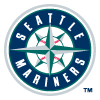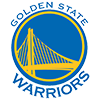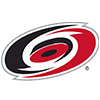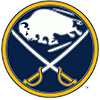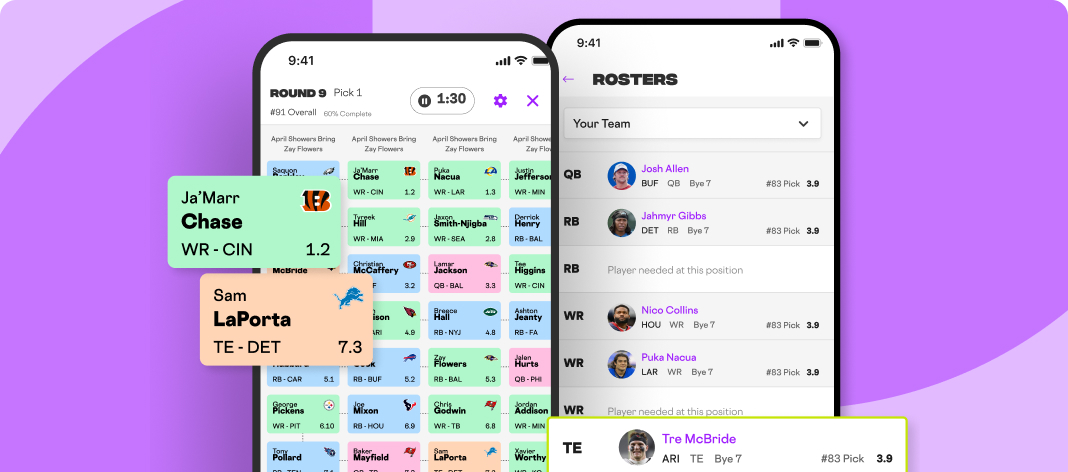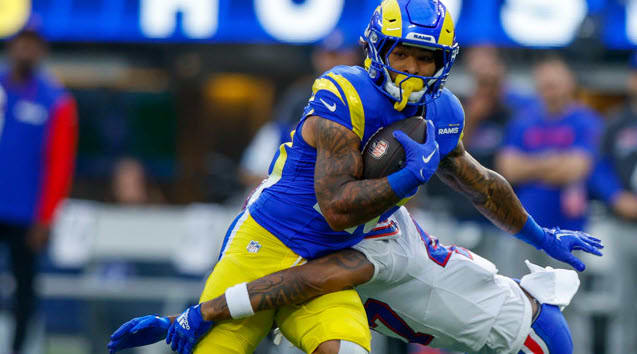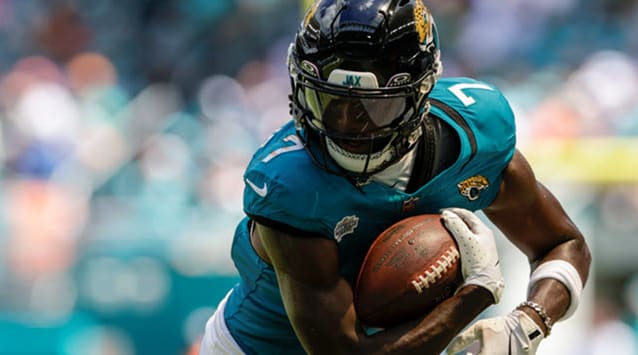We all know fantasy football players who act like they invented the game, but who really did? Have you ever wondered when did fantasy football start?
While today it's a multibillion-dollar industry enjoyed by millions worldwide, the idea for fantasy football actually was born in the early 1960s in a New York hotel room.
Fantasy football was conceived in 1962 by Wilfred "Bill" Winkenbach, part-owner of the Oakland Raiders, along with Scotty Stirling and Bill Tunnell. They created the first league, the Greater Oakland Professional Pigskin Prognosticators League (GOPPPL), during a Raiders road trip with the first draft in the following year.
The Birth of Fantasy Football (1962-63)
Fantasy football was essentially invented in 1962 by Winkenbach, along with Stirling, a reporter for the Oakland Tribune, and Tunnell, the Raiders' public relations manager. The trio were on a team road trip in New York when they came up with the GOPPPL, an eight-team league in which members drafted NFL players. The first draft was held in 1963 — with George Blanda going as the No. 1 pick.
Each week, teams earned points based on players' on-the-field performances, a groundbreaking concept at the time. The scoring was manual, of course, with stats pulled from newspapers and calculated by hand. It may now seem archaic, but at the time it was revolutionary.
Slow Growth in the 1960s-1980s
For decades after its creation, fantasy football remained a niche hobby. Most leagues were small, private groups made up of friends or coworkers.
Key characteristics of this era:
- Manual stat tracking using box scores from the local paper.
- Long draft nights with rosters compiled from preseason previews.
- Word-of-mouth expansion through personal connections.
The Grandstand Sports Services launched the first nationally available fantasy football leagues online in 1985. In 1987, Fantasy Football Index became the first national magazine dedicated to fantasy football.
By the late 1980s, fantasy football had begun attracting a wider audience, thanks in part to USA Today, which started publishing weekly fantasy statistics in 1988. This made life easier for commissioners running leagues by hand.
Internet Explosion (1990s)
The 1990s marked the beginning of fantasy football's transformation from niche pastime to mainstream phenomenon. Early internet services like CompuServe and AOL hosted primitive online leagues that reduced the manual workload.
RotoWire, founded in 1997, launched the first free leagues in 1998. It is now the leading provider of fantasy sports news, analysis and tools, including a fantasy football draft kit with a dedicated app. Yahoo launched its free fantasy football platform a year later in 1999.
Suddenly, anyone with an internet connection could join a league, draft players and track scoring automatically — no spreadsheets required.
The Mainstream Boom (2000s)
By the early 2000s, fantasy football was everywhere. ESPN, CBS Sports and NFL.com launched their own platforms. Real-time scoring became standard. And the mock draft simulator and expert fantasy football rankings became part of every manager's prep.
The game's popularity began influencing NFL viewership as fans started watching games they normally wouldn't — just to follow their fantasy players.
Mobile, Social and Cultural Dominance (2010s)
The smartphone era brought fantasy football to your pocket. Drafts could be done on a lunch break and lineups could be adjusted while watching live games.
The rise of social media amplified the culture:
- Twitter and Reddit became hubs for advice and news.
- Podcasts and YouTube channels dedicated to fantasy analysis exploded in popularity.
- TV networks began producing fantasy-focused shows.
The Modern Era (2020s)
Today, fantasy football is deeply woven into the fabric of the sports experience. Platforms integrate advanced analytics, daily fantasy contests and sports betting features. Machine learning models and projection algorithms offer hyper-detailed draft and trade advice.
You can use tools like the RotoWire fantasy football cheat sheet to test strategies in mock drafts and a real-time draft assistant during your fantasy football draft on any one of a number of platforms. People can play in leagues using auction values to select their players, and play in keeper leagues and guillotine leagues. The choices are endless.
And the popularity of prop bets on betting sites is a reflection of this passion for fantasy football.
Yet at its core, fantasy football still delivers the same thrill that Winkenbach's GOPPPL did back in 1963, the joy of building a team and competing with friends over a shared love of the NFL.
From a paper-and-pencil hobby for eight friends to a global pastime with millions of players, fantasy football's journey is one of sports' greatest success stories. Whether you play in a casual office league or compete in high-stakes contests, you're part of a tradition that started more than 60 years ago.
FAQs About the History of Fantasy Football
Who invented fantasy football?
Fantasy football was invented in 1962 by Wilfred "Bill" Winkenbach, Scotty Stirling and Bill Tunnell. They formed the first league, known as the Greater Oakland Professional Pigskin Prognosticators League. The first draft was held in 1963 with George Blanda going No. 1.
Where did fantasy football start?
Fantasy football originated in Oakland, Calif., but the rules were developed during a Raiders road trip in a New York City hotel room.
When did fantasy football become popular?
While fantasy football began in the 1960s, it remained a niche hobby until the 1990s when the internet made it easier to run leagues. Its popularity exploded in 1997 with the launch of Yahoo's free fantasy football platform and the launch of RotoWire.
When did online fantasy football start?
The first online fantasy football leagues appeared in the early 1990s on services such as CompuServe and AOL. Widespread online play took off in 1997 when Yahoo launched its free platform.
What was the first fantasy football league called?
The first league was called the Greater Oakland Professional Pigskin Prognosticators League (GOPPPL). It featured eight teams and scored players based on real NFL stats tracked manually from newspapers.
Why is fantasy football so popular today?
Fantasy football blends sports knowledge, competition and community. It makes every NFL game matter to fans. The rise of mobile apps, real-time scoring and fantasy content has made it a year-round hobby.
Has fantasy football changed since it was invented?
Yes — dramatically. Originally, scoring was calculated by hand and rules were simple. Today, leagues feature advanced scoring systems, multiple formats, instant stat updates and integration with sports betting.











